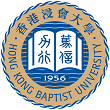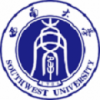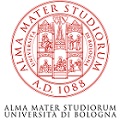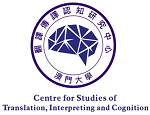Corpus Use and Translating is mainly addressed to those interested in translation training and focuses on ways of getting the best out of electronic corpora. The first part, Corpus use for learning to translate will give ideas to teachers who want to prepare learning materials and tasks using corpora. The second part, Learning corpus use to translate is about helping students to become autonomous users of
corpora as part of their translation competence. In the past, students learnt to translate without using electronic corpora and obviously many will continue to do so, but there are significant advantages to be gained from learning corpus use to translate. Professional translators are always under pressure to meet deadlines and take short cuts. Only during their training at university do they have the time to learn strategies and methodologies that will help to improve the quality and quantity of their production and learning corpus use is one of these.
Our book is a continuation of the CULT (corpus use and learning to translate) tradition. This is a relatively recent tradition as it was only at the end of the 20th century that computers powerful enough to cope with large electronic corpora were available to ordinary translators, translator trainers and trainees. Mona Baker (1993), who had worked with John Sinclair on the use of corpus in lexicography, was a pioneer in suggesting the implications and applications of corpus linguistics for translation studies. Guy Aston (1999), who had been working with corpus and language acquisition, provided the idea for the CULT conferences. The first two were held in 1997 and 2000, in Bertinoro, Italy and organised by Silvia Bernardini, Federico Zanettin, and Dominic Stewart from the University of Bologna at Forlì. When Patricia Rodríguez Inés was in Forlì in 2002, she was persuaded to carry the flame back to Barcelona where the third CULT conference was held in 2004. Most, but not all, of the contributions to this volume developed out of the Barcelona conference (CULT BCN), which may explain the book’s Spanish flavour. Further background to the disciplines involved in CULT can be found in different chapters of this book: corpus linguistics (Corpas Pastor and Seghiri Domínguez), corpus-based translation studies (Stewart, Frankenberg- Garcia and Philip), corpora in language teaching and translator training (Marco and Van Lawick, Sánchez-Gijón and Rodríguez Inés).










































